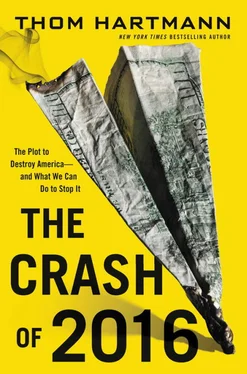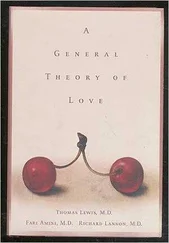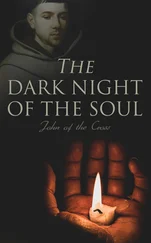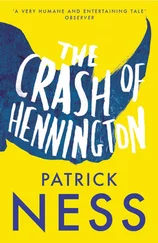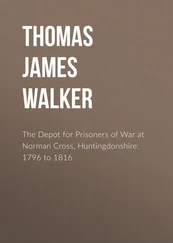Now let’s assume that same family decides to skip the fancy dinners all year. Instead they take their $2,000 and put it into home repairs, such as a new air conditioner, improved insulation, or a new rooftop deck. Unlike spending it on a fancy dinner, that money doesn’t just disappear. It will actually create more wealth in the long run through lower energy bills and an increase in the value of their home. That’s an investment.
Or let’s assume that same family uses a chunk of their paycheck to start a prepaid college fund for their kids. Again, that money doesn’t disappear. Instead, it was invested in the future for their kids to earn a college degree.
Or maybe, they just buy $150 worth of stocks every month like many other people. Again, the money doesn’t disappear. In fact, in a year it might be worth $2,500.
That’s another investment.
American families know the difference between spending and investing. And they know that when times are tough, they need to cut back on their spending but not on their investments. That means fewer fancy dinners out, but no cuts to their kids’ college fund or mortgage payments on their home.
However, since the Royalists took over, this same logic isn’t applied to our government.
Like a family, our government is capable of spending and investing.
Money put into our wars is the perfect example of spending. As a nation, we can spend a trillion dollars deploying troops in Iraq and Afghanistan, manufacturing and detonating bunker-busting bombs, and refueling aircraft carriers in the Gulf. Guess what happens to all of that money? It’s obliterated.
War spending is just that—spending. It doesn’t create more wealth in the future. The shards of a Predator drone’s Tomahawk missile in northern Pakistan will not create one dime of lasting wealth for our nation. Our military might as well have gone out for a few million big fancy steak dinners.
No question about it, our government spends a lot of money. And when it comes to reducing our deficits, there’s certainly a lot of waste, fraud, and abuse within that spending that can be cut—particularly in the Defense Department, which seems to have lost $2 trillion they can’t account for.
But let’s not confuse spending with investing, which our government also does a lot of.
For example, money put into Pell Grants so more kids can go to college is an investment that will create lasting wealth for our entire nation when those kids graduate and become a productive part of the economy. Our experience with the GI Bill indicates that every $1 spent will return at least $7—and maybe as much as $50—back to government coffers in the form of income taxes from more productive and higher-paid workers.
Money put toward green-energy projects such as wind farms, solar plants, and electric cars are investments that will create a boatload of jobs, reduce our demand for foreign oil, and make our environment cleaner.
Money put toward infrastructure such as new roads, bridges, and high-speed rail systems are investments that will make it cheaper and easier for businesses to ship goods across the country or for Americans to travel and go on vacation.
Money put into health care research is an investment that will cut down on the costs diseases inflict on our economy and, as a bonus, give us a healthier, more productive workforce.
Even money put toward social welfare programs such as food stamps and unemployment benefits are investments. Moody’s did research into this and found that for every dollar invested in expanding the food stamp program, the economy generates an additional $1.73. 184And for every dollar invested in unemployment benefits, the economy generates an additional $1.64. That’s a pretty good return on investment.
Ever since Ronald Reagan said, “The nine most terrifying words in the English language are, ‘I’m from the government and I’m here to help,’” 185conservatives have been hell-bent on convincing all of us that government can’t do anything right. That all it can do is spend—or waste—money.
But this ridiculous talking point ignores an entire national history of worthwhile investments—from Jefferson’s Louisiana Purchase, to Lincoln’s land-grant colleges, to FDR’s New Deal, to Eisenhower’s interstate highway system. All were investments made by our government that created enormous wealth in the long term for the nation in the form of new jobs, better education, and more efficient transportation. And they all more than paid for themselves by the increase in tax revenues that comes with increased economic activity.
After the crash, we must recapture this spirit of investment in the people.
It’s no coincidence that the rise of the oligarchs and the corporate state has coincided with the decimation of organized labor.
As the rates of unionization have steadily declined over the last thirty-plus years, so, too, has the share of national income held by the middle class. And as union rates have declined, the share of wealth in the hands of the superrich has increased.
There is a direct correlation between the wealth inequality that pushed us to the Crash of 2016 and plummeting union rates.
With unionization rates at historic lows for modern America, it’s clear labor needs a new weapon to fight back against the Royalists. They need what’s called “card check.” 186
Under current law, if some workers want to form a union, then 35 percent of the workforce has to sign a petition or a card stating they agree to be unionized. From there the National Labor Relations Board will set up an election, and if half of the workforce votes to unionize, then they have a union.
Under this current procedure, employers have several tools—both legal and illegal—to disrupt the organizing process, including intimidating or firing employees, spreading lies and misinformation about unions, threatening to close down stores, delaying union elections, and so on. Organizing is an uphill battle, which is why union busters have been so successful breaking up unions while organizers have had so much trouble starting new unions.
But card check would level the playing field. With card check, there is no election and employers never have to catch wind of what’s going on. Basically, if 50 percent of all the workers sign a petition or card indicating they support forming a union, then that union is immediately recognized by the NLRB without the extra, added step of an election and without an opportunity for employers to twist arms.
With card check, unions can reverse the tide in the war against labor and actually start chipping away at the corporate state. They can start demanding better wages and benefits, limiting political coercion in the workplace, and funding political candidates who will continue the fight in the halls of Congress.
In 2008, when Democrats took control of Congress, there was a huge push by labor to have card check passed. It was part of the Employee Free Choice Act, known as EFCA. Unfortunately, those efforts failed, and ever since then, card check has been absent from the national debate—a testament to how successful the Royalists have been in crushing organized labor.
But now is as good a time as ever to bring card check back.
FDR famously said, “The best welfare program is a job.” And then he set about creating the WPA and the CCC and dozens of other institutions that put millions back to work.
Putting people back to work is always the best way to recover from an economic disaster. Jobs programs not only transformed people from being consumers of government resources (unemployment benefits and welfare) to being taxpayers but also produced goods and services that increased the overall value of the economy and the wealth of the nation.
Читать дальше
